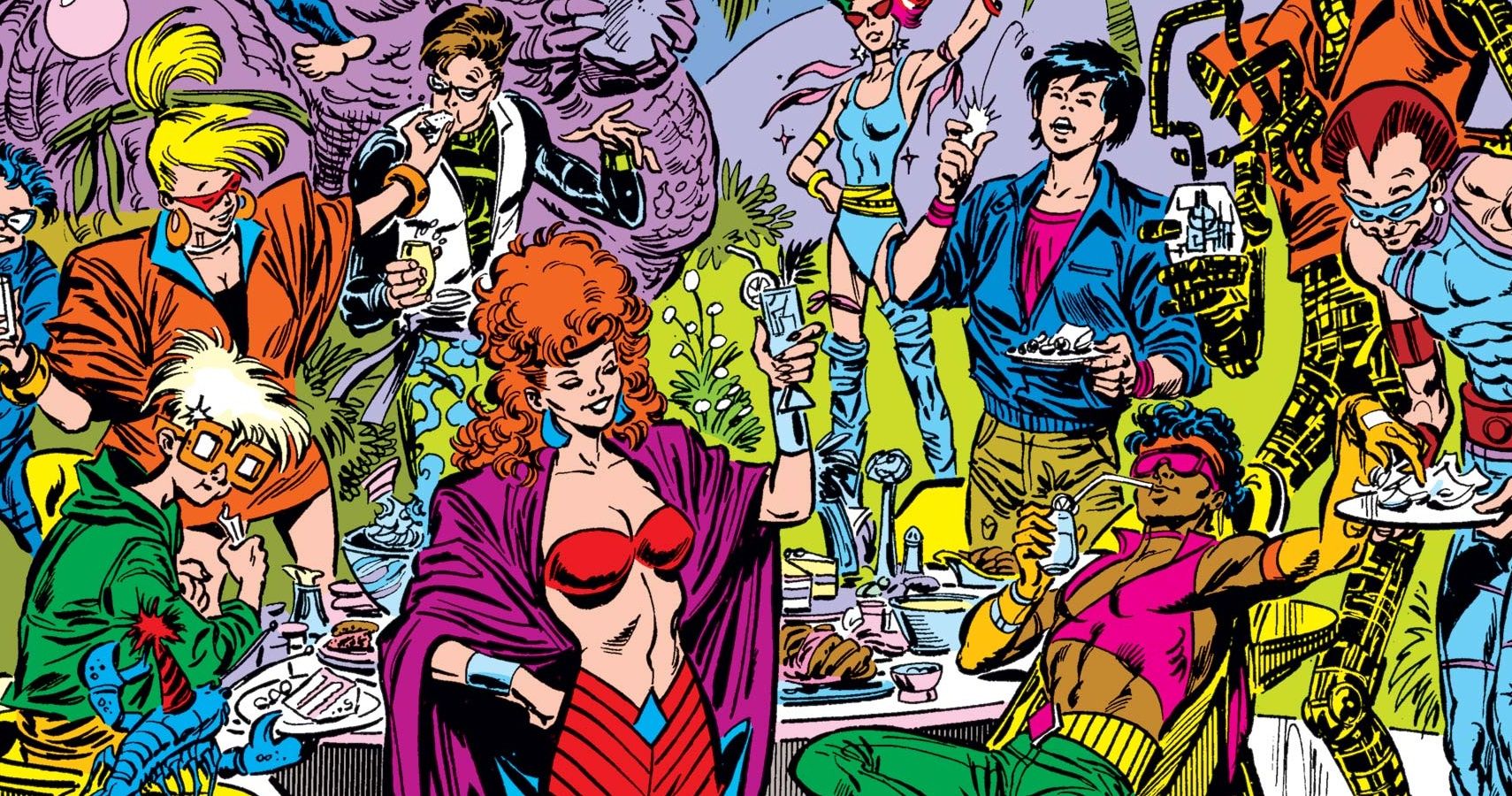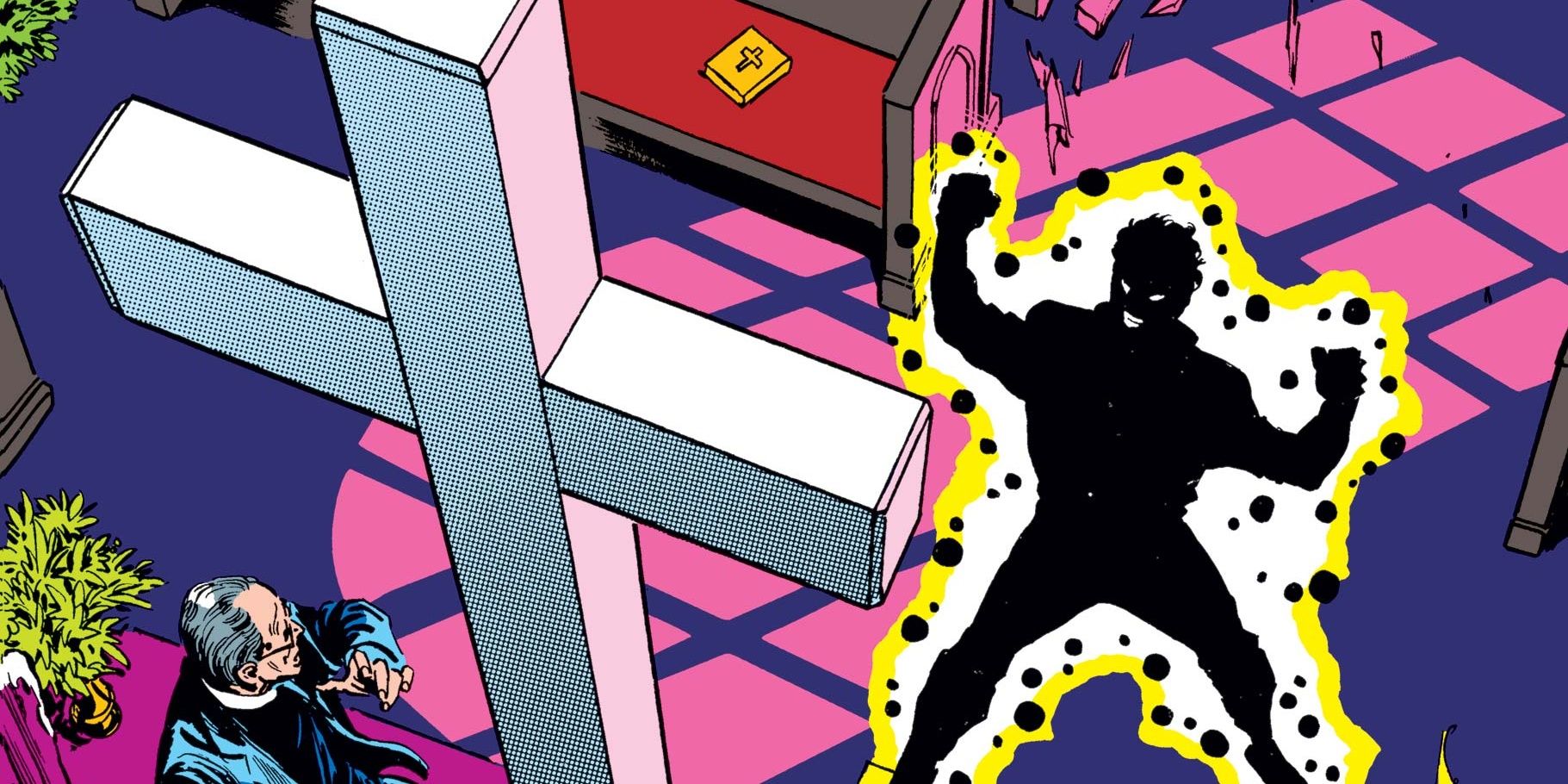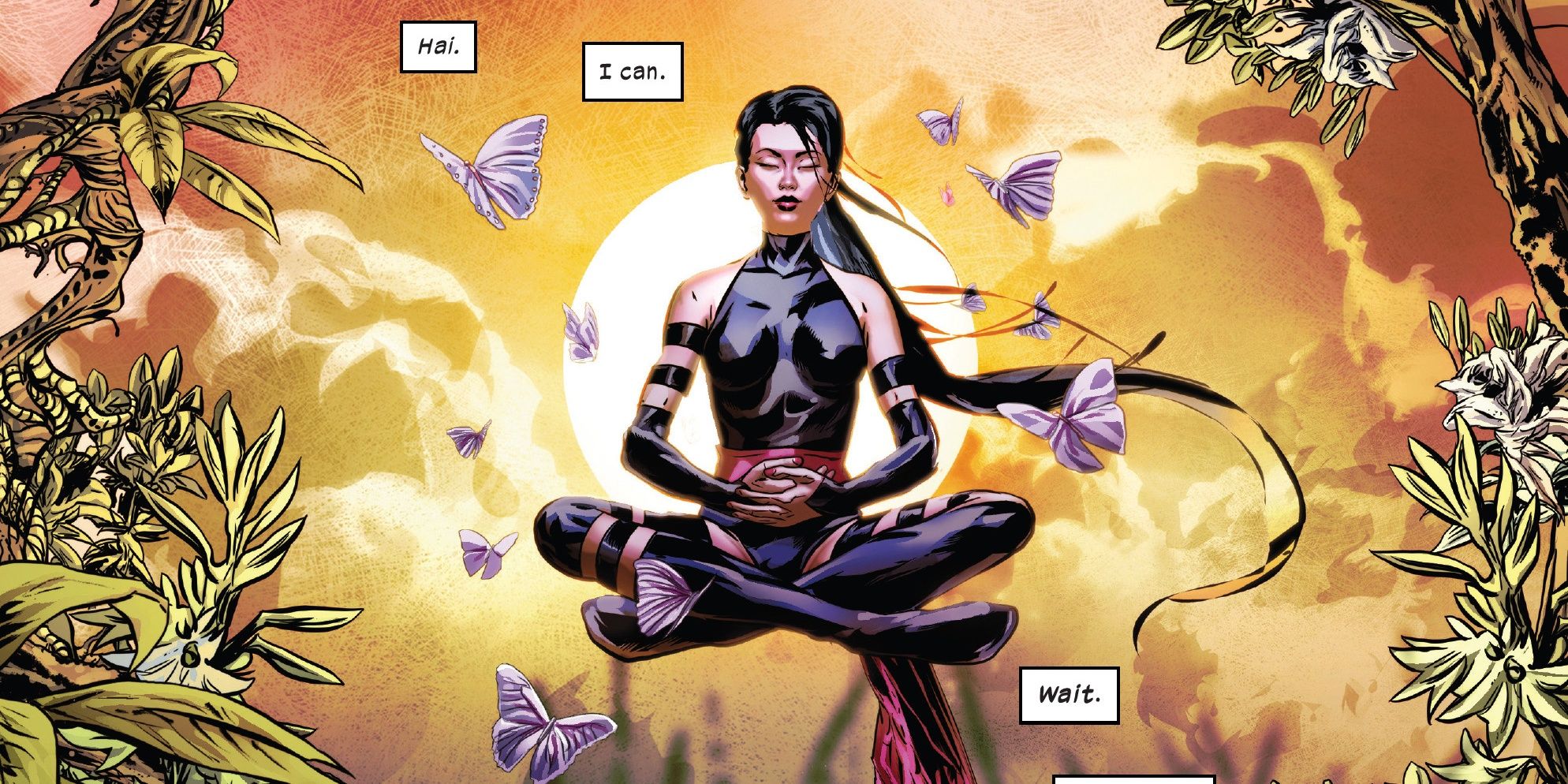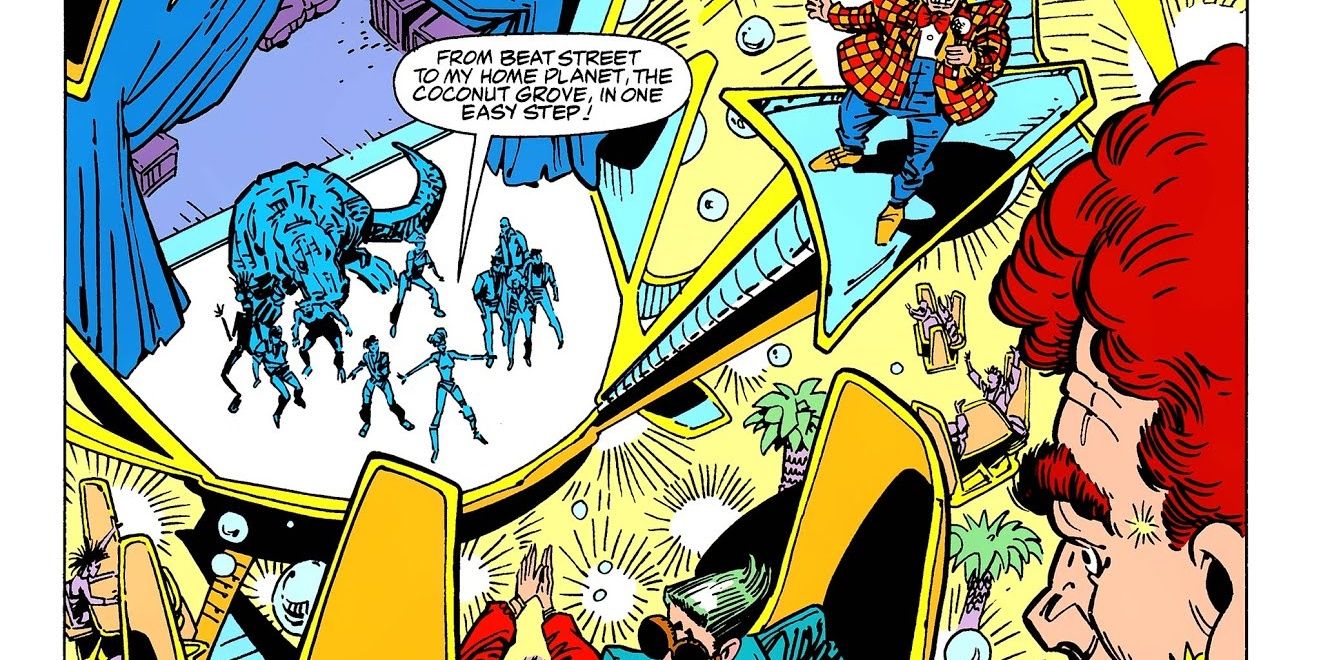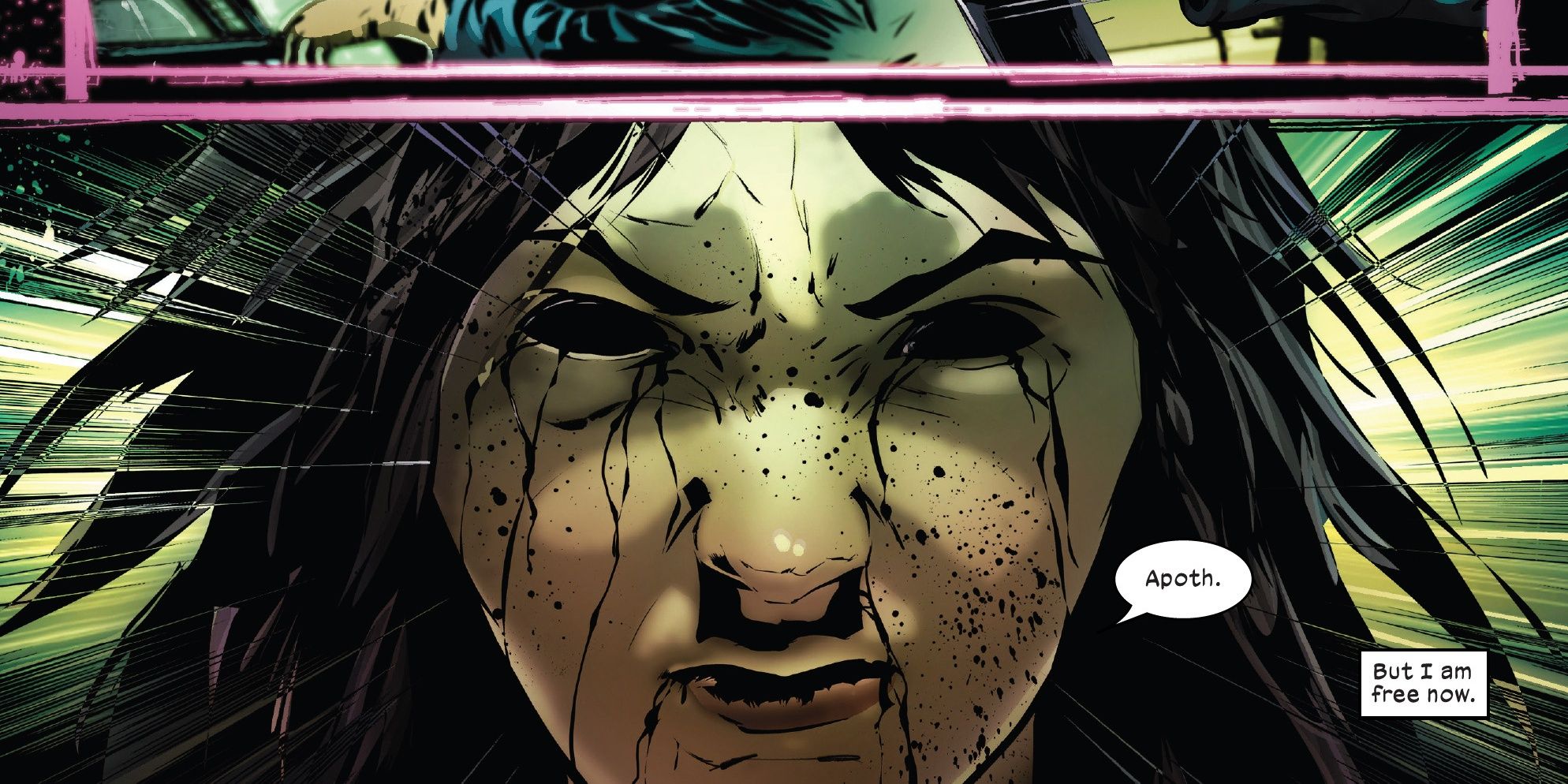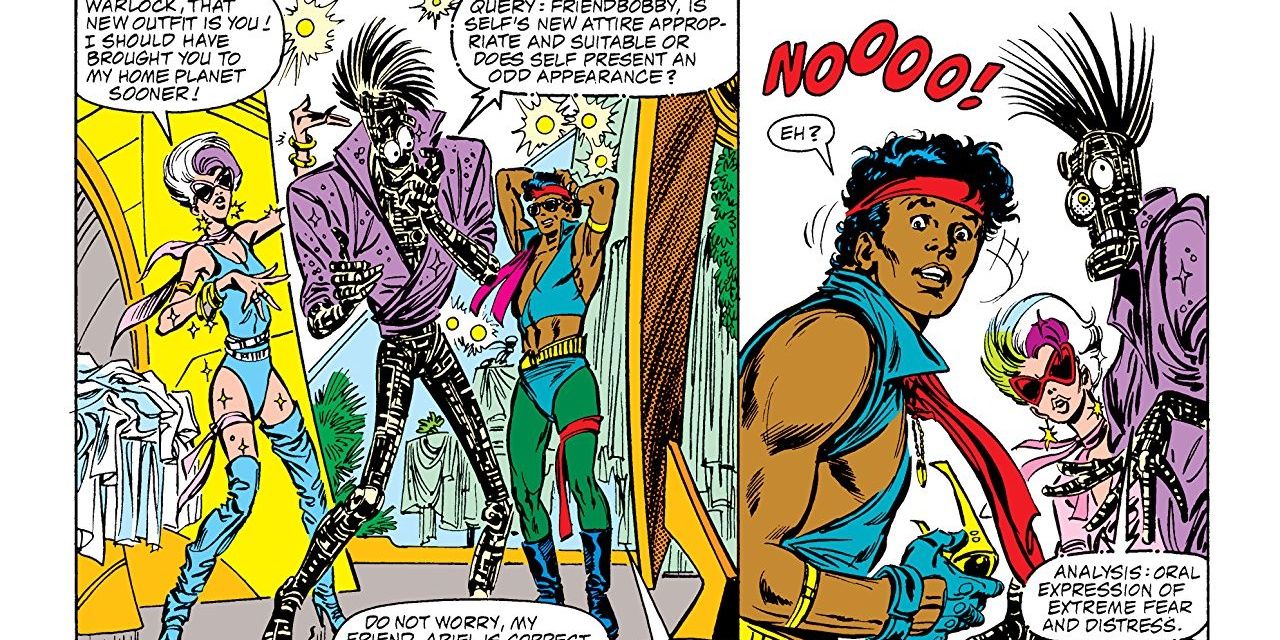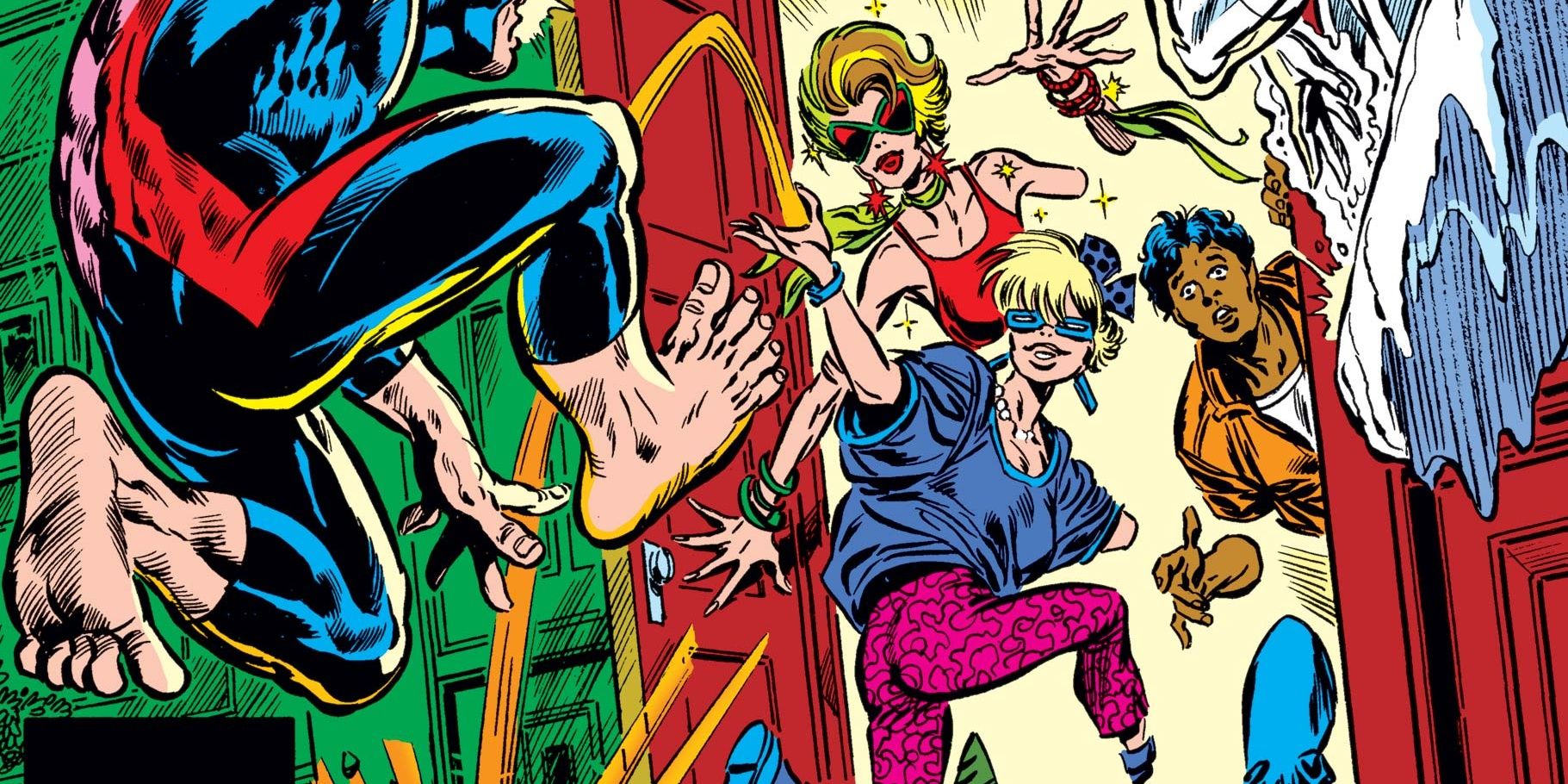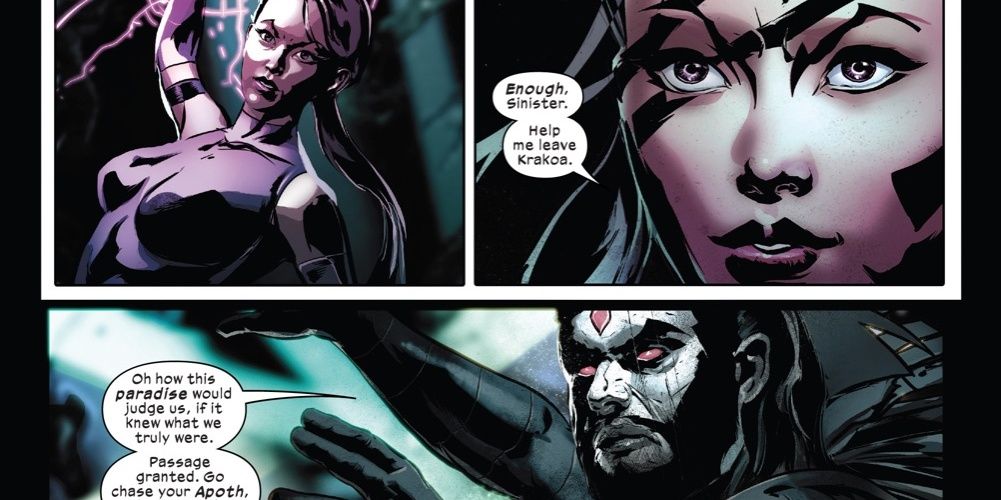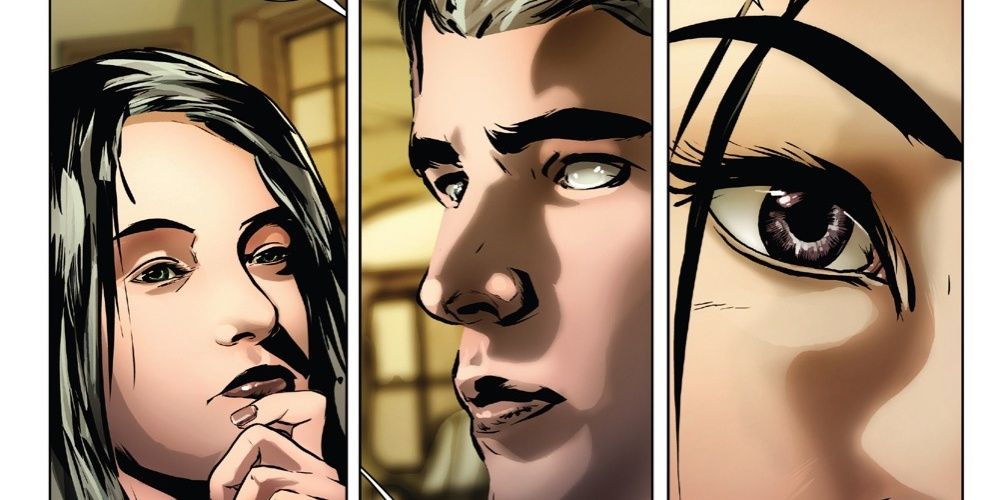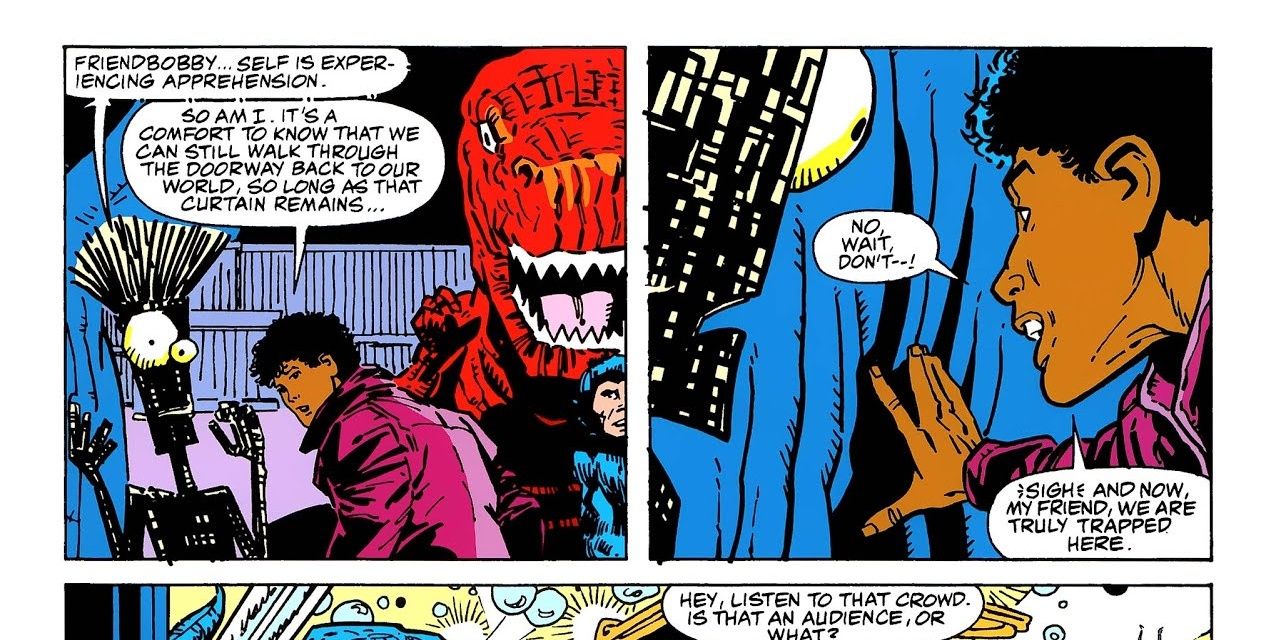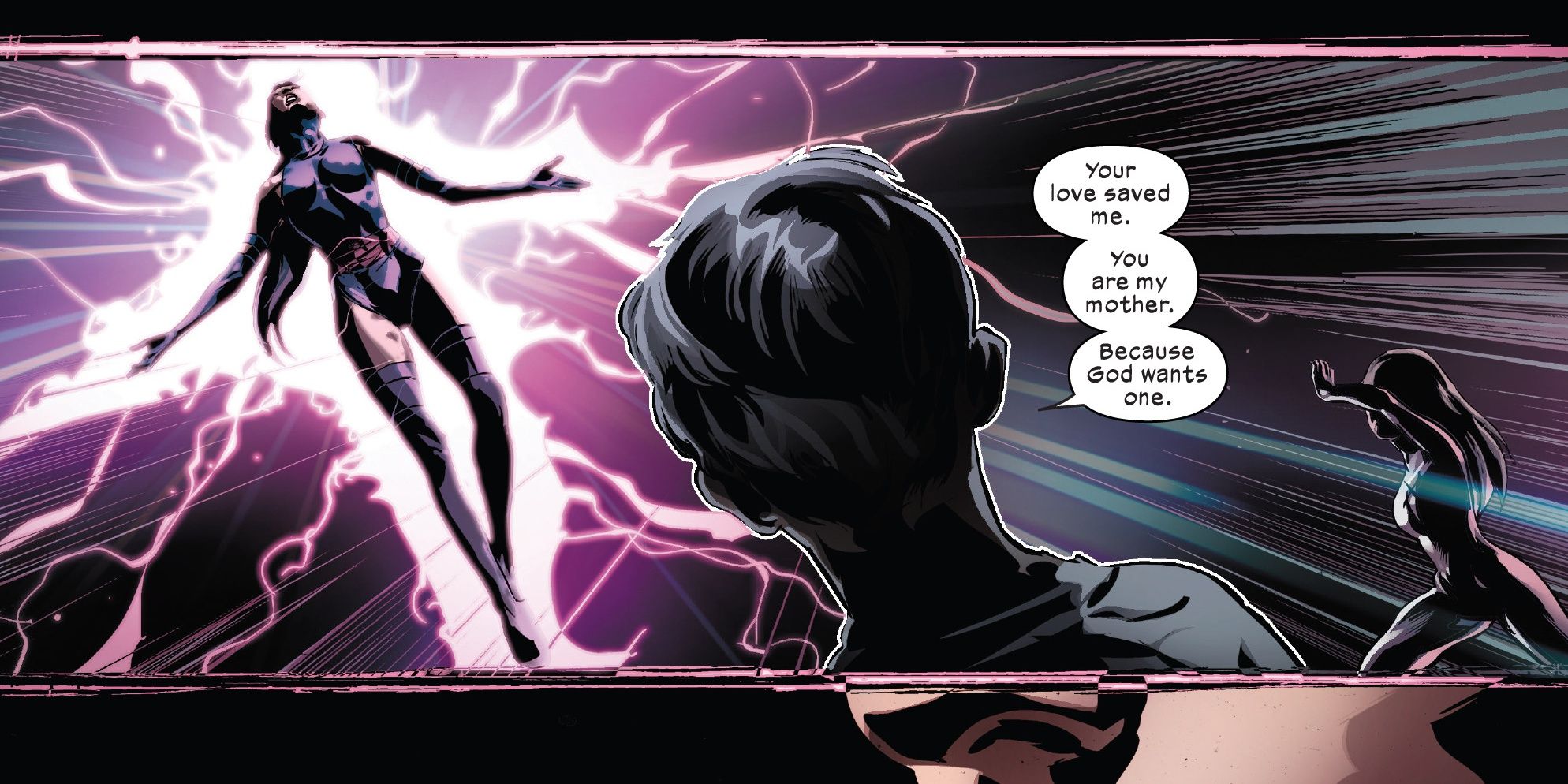With the Dawn Of X books, a lot of tried and true X-Men concepts were being resurrected. The New Mutants and Excalibur were back for the first time in years, books like X-Force and X-Men were being retooled for the new Krakoan staus quo, but were otherwise unchanged, and Marauders took the name for a team of X-Men villains and repurposed it.
However, the strangest of these is Fallen Angels. The original is a little-remembered '80s mini-series starring younger mutants that even hardcore fans of the franchise might not know about. The original and the reboot have some things in common, and yet some things are glaringly different. This list is going to take a look at those similarities and differences.
10 Similarity: They Both Star B-Listers
Looking at the casts of both books, it's plain to see that neither book was using the biggest mutants of the day. The original starred mutants like Siryn, Sunspot, Warlock(an independent duplicate of Multiple Man), and Boom Boom. The new one focuses on Psylocke, but not the version of the character fans have been familiar with since her debut. Instead, this version is Kwannon, the Hand assassin whose body Elizabeth Braddock was put into.
Joining her were x-23 and Cable, two characters with decent fan followings, but not exactly A-list players. They would later be joined by Husk and Bling!. Neither team is working with a lot of star power.
9 Difference: How They Were Brought Together
In the original, the Fallen Angels started out as a group of thieves led by the mutant villain the Vanisher. Sunspot and Warlock would join the group after Sunspot left the New Mutants in shame because he accidentally injured Cannonball, with Warlock accompanying him, while Siryn and the Multiple Man dupe would join the team because they were looking for them.
The reboot team was brought together because Psylocke had a vision of a new evil rising and jeopardizing the survival of humans and mutants alike.
8 Similarity: Both Lean Heavily Sci-Fi Concepts
In the original book, one of the members of the group, Ariel, wasn't what she seemed. Instead of being mutant, she was an alien who was looking to kidnap mutants for the scientists of her homeworld to study. Meanwhile, in the reboot, the main villain is an AI called Apoth, who is looking to use a new technology called Overclock to take control of the world's population.
Both books lean more heavily than their fellow X-Men books into the realm of science fiction, using it as a backdrop to tell their stories and set up the main conflicts of each book.
7 Difference: Their Use Of Said Sci-Fi Concepts
The original uses science fiction of a much more fantastic variant than the reboot. It embraced the tried and true sci-fi cliche of aliens wanting to study humans to drive the drama of the story, as Ariel manipulated events to get the team to come to her homeworld, before having a change of heart and helping them.
The reboot is a bit more grounded than that, as the team faces off against a sentient AI bent on co-opting the human race for its own purposes. The rise and consequences of AI is a concept grounded more in contemporary science than the threat of extraterrestrials.
6 Similarity: The Majority Of Both Book's Casts Are Young Mutants
The original used a lot of New Mutants characters to fill out its roster. Sunspot, Warlock, and Siryn were all members and associates of the X-Men's training team for young mutants. Boom Boom would go on to join the team after the Fallen Angels disbanded, as well. New characters Ariel and Chance were both younger as well.
In the reboot, there's X-23, a younger, female clone of Wolverine and Cable, who is actually a much younger version of the character than the one who used to be running around the Marvel Universe. Top that off with Husk and Bling! and the new team follows the old team's example.
5 Difference: The Adults In The Room
While the majority of both casts are younger mutants, the adults who are nominally in charge of both teams and their motivations are vastly different. Vanisher, a minor X-Men villain, brought the original group together for selfish reasons- he wanted to use them to steal things for him and protect him from the various mutant-hunting groups running around at the time.
Contrast this with the reboot, where Psylocke brings the team together to face a threat that is much bigger than she can face on her own, one that threatens the entire world. That's a much more altruistic reason than Vanisher's.
4 Similarity: Both Are Part Of A Line Expansion
In the '80s, the X-Men were riding high. Chris Claremont and his various artistic collaborators had taken a book that was just reprinting old issues from the 60s and 70s and turned it into a powerhouse. Uncanny X-Men topped sales charts every month and Marvel looked to capitalize on that, expanding the mutant line of books with New Mutants, X-Factor, Wolverine, and Fallen Angels.
The new version of the book fits into the Dawn Of X initiative, as Marvel looks to give the X-Men a higher profile now that their parent company, Disney, has acquired the film rights to the Merry Mutants.
3 Difference: The Reasoning Behind The Expansions
In recent years, the X-Men and their spin-offs have fallen from their old top spot. There is a variety of reasons behind this, but the proof is in the sales. The X-Men are no longer the hot ticket they were. Dawn Of X looks to bring them back to the forefront of the Marvel Universe and the reboot is a part of that.
Contrast that with the '80s version of the book. The X-Men were the hottest ticket in comics, only opposed by DC's New Teen Titans for sales supremacy. It was a very different time for Marvel's Merry Mutants.
2 Similarity: Both Are Off The Beaten Path
Both books are very different from their fellow mutant books. The other 80s X-Men books focused on the trials and tribulations of the mutant race as they worked to normalize themselves and win over human society. Fallen Angels had very little to do with the de rigueur subjects of mutant books, as it was a team of mutants brought together for selfish purposes taken on an inadvertent sci-fi adventure.
The reboot follows in that vein. The other Dawn Of X books deal a lot more with the new Krakoan status quo or with more familiar X-Men concepts like the Shi'Ar Empire in New Mutants or the more magical focus of Excalibur, something that book always embraced even in its original incarnation. The reboot pretty much leaves all of that behind to deal with a threat that has very little to do with Krakoa or any familiar mutant concept, introducing a whole new threat.
1 Difference: The Tone And Scope Of The Stories
The big place where the reboot distinguishes itself from the original is how personal the story is. Even though it deals with a team of X-Men fighting a threat to the world, it's really a very personal story abut Kwannon, the new Psylocke, coming to terms with her violent past and who she now is.
This focus on character makes it very different from the original, which was a good story, but was more about the plot itself than the characters therein.

